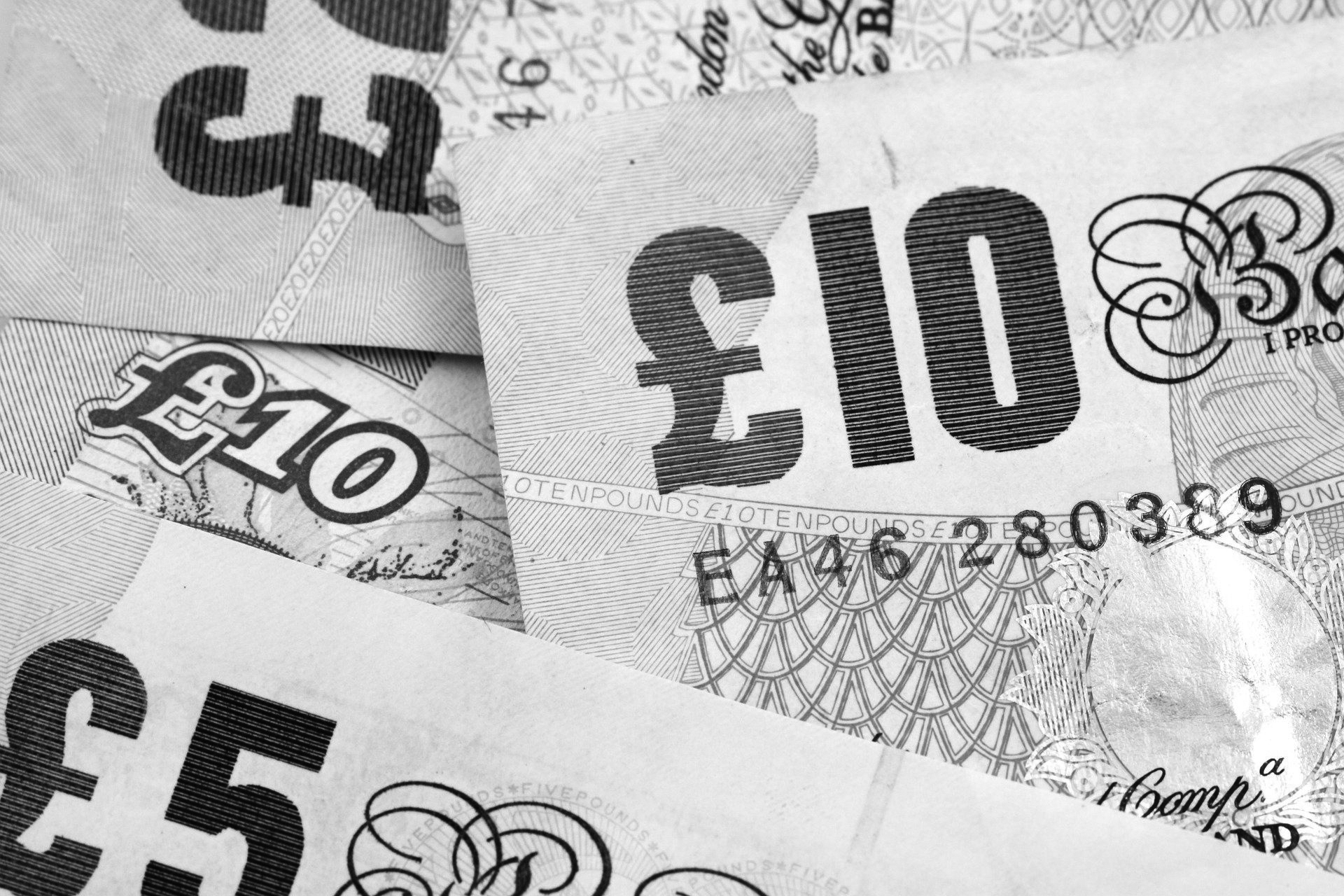Blair and Brown presided over unprecedented growth in our banking sector with their ‘light touch’ regulations. The result was the creation of mammoth banks, systemically critical, but fundamentally flawed. When the credit crunch hit in 2008, there was no option but to bail out these same banks. They went about this task by taking them into varying degrees of state control but also, crucially, by something that had hitherto been seen as akin to the devil’s work – the printing of money – quantitative easing (QE).
The idea behind QE was to inject cash into the system by the purchasing of assets (mostly government bonds) from banks, and thereby keep them and the financial system afloat. In that limited extent it worked, but that was about all it did which was of benefit.
Its adverse consequences, on the other hand, were significant. At the forefront of these was the breaking of one of the cardinal rules of capitalism: there is a price for failure. The very institutions which had been at the heart of the creation of the country’s trouble were saved. This was only possible by the creation of cash. In any other scenario, the banks would have folded.
“The profligate, who had borrowed money to finance the purchase of assets, doubly benefitted with a reduction in the cost of their borrowings”
Furthermore, the value of assets, such as property, were boosted by the reduction in the relative value of money through its printing. The profligate, who had borrowed money to finance the purchase of assets, doubly benefitted with a reduction in the cost of their borrowings. The rich got much richer.
At the same time, pensioners, the frugal and working class who had saved money and/or relied on it to exist experienced a massive devaluation in the purchasing power of the pound in their pockets.
The profligate were rewarded and the frugal punished. Thus was capitalism broken. Not just in the UK, but around the Western world.
Emboldened by its apparent low inflationary effects in response to the credit crunch, governments and central bankers have continued to use it ever since, and on a scale unprecedented in response to Covid. Before the advent of QE, to shut down large swathes of the economy as a policy response to combat the virus would have resulted in a complete market, financial and economic collapse. With QE, and 400 billion of new pound notes, the system could much more easily take the hit. But the scale of QE is now off the charts. And still it continues, a year and a half on from the start of its latest phase, despite the double vaccination of the vulnerable months ago.
The laws of economics have not changed and now the side effects are becoming more plain to see. The wealth gap is widening. Bank lending to business is still extremely curtailed. Capital markets are misallocating resources and inflation is beginning to rise. Not just because of the disruption to supply chains caused by shutting down so much of the economy, but also because of the sheer volume of new money that has been created.
And QE will continue. The private sector is no longer big enough, nor has the appetite to buy enough of the new gilts being created. It has effectively been crowded out. It is no wonder the Bank of England was recently challenged over whether QE amounts to the financing of the Government’s borrowing needs. This is not just a valid question, the answer is self-evident. The volume of QE virtually identically matches the issuance of Government debt.
Ordinarily inflation would be countered by raising interest rates, but no major central bank can afford to do so. The servicing of the debt pile would crush us. Instead, the major economies are now condemned to debt-ridden sclerotic growth. A great reset is happening, but it’s not what the World Economic Forum intended.
So far a run on sterling has been avoided because all the major economies are doing the same thing at the same time. But the truth is that continued QE risks breaking our belief in money itself. It should be no surprise that bitcoin and other crypto currencies have attracted such interest.
So what to do? Invest in hard assets like property. That worked in 2008; it is likely to work again.








